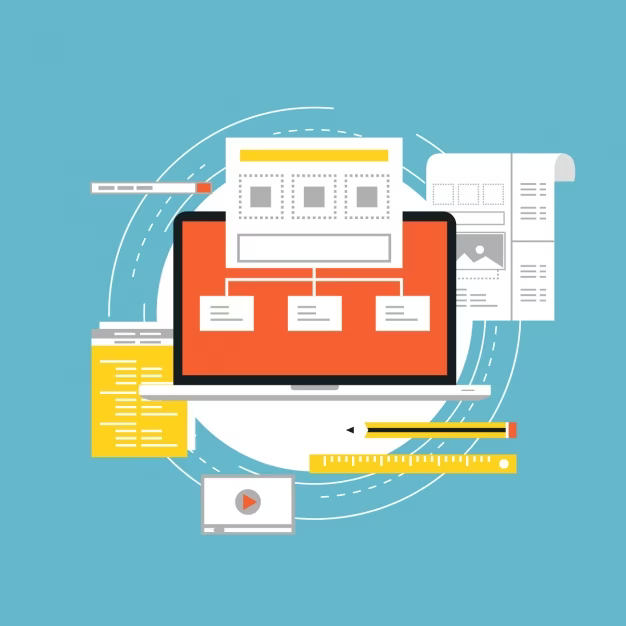DIPLOMA IN E-ACCOUNTING & FILLING
DIPLOMA IN E-ACCOUNTING & FILLING
Description
The Diploma in E-Accounting & Filing is an online diploma
program designed for aspiring accounting professionals. It provides
comprehensive knowledge and skills related to financial reporting, analytics,
and auditing. The program is geared towards developing capabilities such as
interpreting financial statements and using the most advanced accounting
software to manage financial data. It also covers topics like taxation policies
and principles, budgeting strategies, payroll administration, risk management
techniques, and fraud prevention best practices. Successful completion of this
program will give graduates the ability to make decisions based on reliable
financial data analysis and prepare them to take industry exams such as
Chartered Professional Accountants of Canada (CPA) and Certified Management
Accountant (CMA).

ADVANTAGES OF DIPLOMA IN E-ACCOUNTING & FILLING
- Increased job opportunities:The diploma equips you with the necessary skills to work in the field of accounting and taxation, which has a high demand for qualified professionals.
- Cost-effective:The course is relatively affordable compared to traditional degree programs, making it accessible to a wider range of individuals.
- Flexibility:The course can be completed online, providing flexibility in terms of scheduling and learning at your own pace.
- Industry-relevant:The course covers the latest software and tools used in the industry, ensuring that you are up-to-date with the latest developments in the field.
- Specialization:The diploma provides specialized training in e-accounting and filing, making you a desirable candidate for jobs in this specific field.
- Certification:Upon completion of the diploma, you receive a recognized certification, which adds value to your resume and increases your chances of employment.
- Practical training:The course provides practical training, which allows you to apply the concepts learned in real-life scenarios.
- Entrepreneurship opportunities:With the knowledge and skills gained from the diploma, you can start your own e-accounting and filing business.
SYLLABUS OF DIPLOMA IN E-ACCOUNTING & FILLING
- About E-PAN
- Important of PAN
- Steps to Apply for PAN
- Download the PAN
- How to Make Changes in PAN
- About ITR
- Five Heads of Income
- PAN registration for ITR (Income Tax Return)
- ITR Forms
- IT Return Preparation Software & Instructions
- Filling of ITR 1
- ITR 2
- ITR 3
- ITR 4
- ITR 5
- ITR 6
- ITR 7
- Acknowledgment
- About TDS
- Significant of TDS
- Type of TDS Collection
- Rate of TDS
- Filling of TDS
- About GST
- GST Rules
- Debit & Credit Note
- Threshold limit
- Composition
- Registration
- GST Form
- GSTR 1
- GSTR 2A
- Cumulative Excess ITC
- GSTR3B
- Nil Return
- GSTR 4
- GST CMP – 80
- GSTR 4A
- GSTR 5
- GSTR 7 (TDS)
- GSTR 3
- GSTR 9
- GSTR 9A
- GSTR 10
- About ESIC
- Type to be Applied
- Documents for ESIC Return
- Registration
- About Digital Signature
- Importance of Digital Signature
- How it Works
- Procedure for Application
- Introduction to Customs Duty: Definition, Scope, and Objectives
- Customs Procedures: Declaration, Assessment, and Clearance
- Tariff Classification: Classification of Goods for Customs Purposes
- Valuation of Goods: Methods and Principles of Customs Valuation
- Origin of Goods: Rules and Procedures for Determining Origin
- Import and Export Restrictions: Prohibited and Restricted Goods
- Duty Drawback: Refund of Customs Duty Paid on Exported Goods
- Customs Audit: Audit and Investigation of Customs Declarations
- International Conventions and Agreements: WTO, GATT, and Other Trade Agreements
- Risk Management: Identification, Assessment, and Mitigation of Customs Risks
- Customs Enforcement: Enforcement of Customs Laws and Regulations
- Customs Compliance: Compliance with Customs Laws and Regulations
